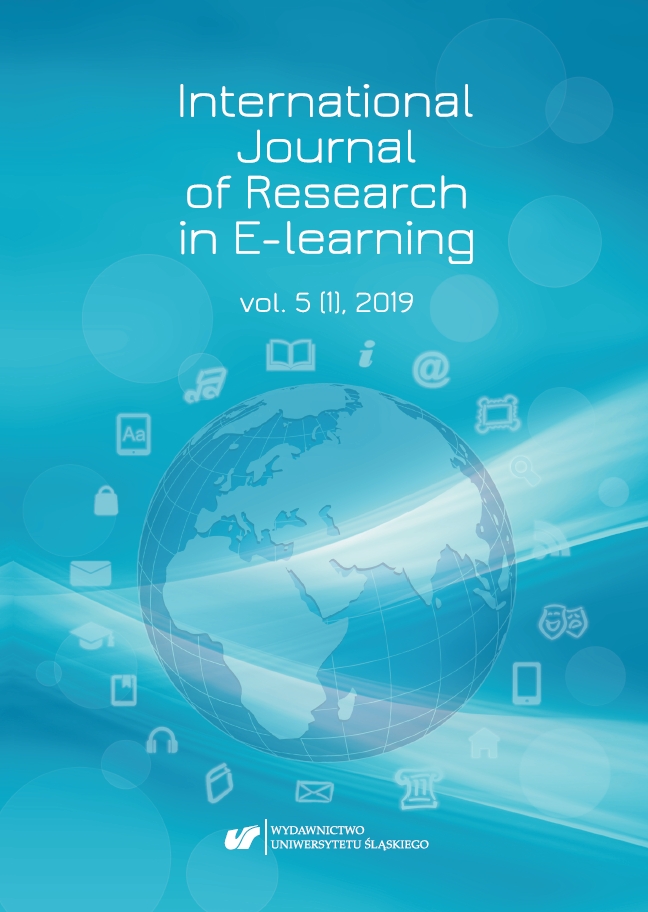

 https://doi.org/10.31261/IJREL.2019.5.1.01
https://doi.org/10.31261/IJREL.2019.5.1.01
Contemporary practitioners and scientists more and more frequently highlight the extraordinarily rapid process of implementation of new technologies – including those based on artificial intelligence – and unpredictable consequences of such actions. Therefore, it is important to be an active participant in the debate on the relation between human and modern technologies, a debate based on interdisciplinary scientific knowledge. The article refers to selected ideas related to knowledge management, organisational learning, knowledge area, or innovation environment. The challenge which social science researchers face, next to examining the theoretical aspects, is the application of various calculation methods and new technologies to make quicker and easier decisions in social contexts – with regard to various groups of people, e.g. employees, customers, or voters. Apart from the new methods, another serious challenge is to raise social awareness regarding the digital responsibility in certain groups such as managers or, more generally, employers and employees. The responsibility of the elite and scientific authorities should consist in instilling awareness in one another and approaching the new phenomenon with care. Potential threats may completely change our civilisation. The presented discussion is based on literature study which included selected theories and reports of research centres and scientific bodies. A particularly interesting case study discussed in this article includes TOP CDR initiative and a report prepared by SW RESEARCH agency in cooperation with Procontent public relations and digital marketing agency. The conclusions of this report indicate that corporate digital responsibility (CDR) may be a pioneering area for in-depth empirical studies. The nature of the topic, despite being clearly related to sociology, requires interdisciplinary approach and cooperation of numerous circles, not only scientific ones.
Download files
Citation rules

Vol. 5 No. 1 (2019)
Published: 2020-02-01